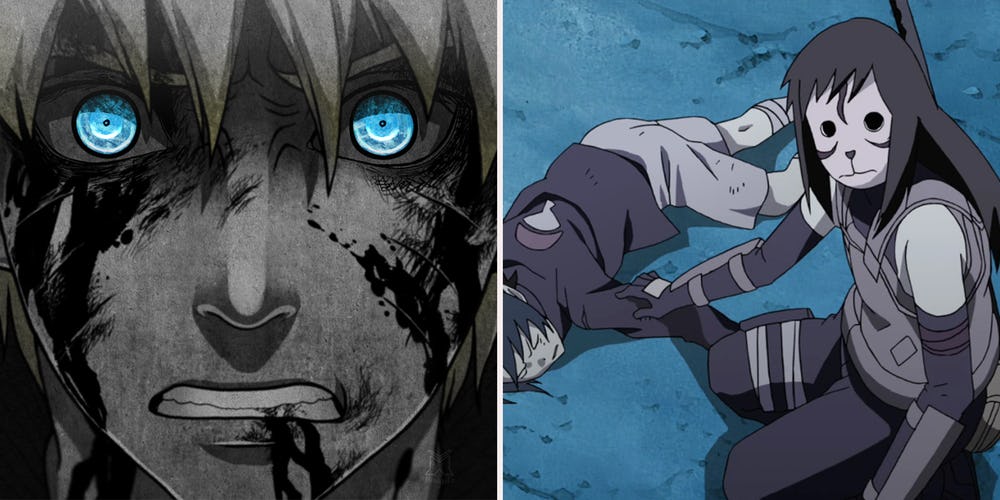
The world of Naruto has permeated global pop culture in a way that few other anime properties have. Since the character first appeared in the mid-’90s, creator Masashi Kishimoto and his team have cranked out countless pages of manga, a dozen films, and hundreds of TV episodes. Wherever you go, the image of a spiky-haired ninja in an orange jumpsuit has popped up on TV screens, T-shirts, and tattoos.
While the characters go through a series of side-adventures, the main story follows the titular shinobi (and eventual Seventh Hokage of Konoha), as he develops his powers, falls in love, and grows up. Throughout the years, viewers get to know Ninja World and its multidimensional characters.
While the property’s canon has remained remarkably consistent over all these years, creating a world with rules, history, and tropes, there has been some darkness along the way. These aren’t mistakes in the series, but shady implications that lie just beneath the flash of bright colors and monster battles. They don’t ruin the franchise, but they make you think: is the world of Naruto really as great as it seems?
Here are the 16 Dark Truths About Naruto You Don’t Want To Know.
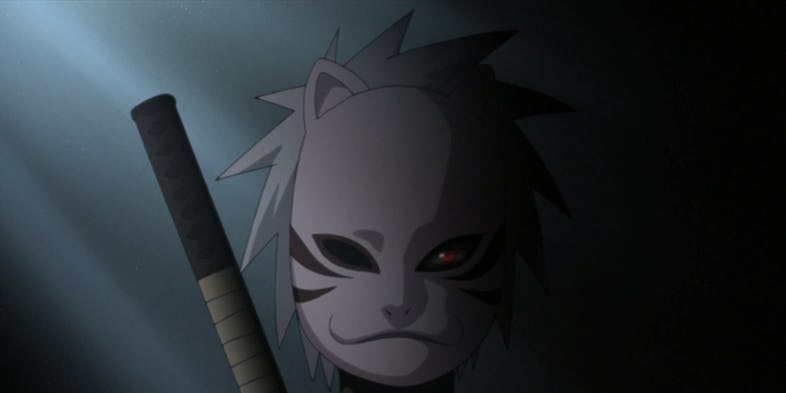
The Hokage is basically the leader (or Kage) of Konahagakure, the hidden village in the Land of Fire. He’s like the mayor of a small town, except that town is the main line of defense for the entire country, and the Hokage is a title coveted and revered by pretty much everybody.
The Anbu are his covert operatives, teams of mask-wearing ninja who answer directly to him. If the Hokage is the village leader, then the Anbu are like his secret service, taking orders from their captains with absolutely no oversight from the public at large.
The Anbu are often seen tracking down people, maybe assassinating them, and otherwise carrying out missions that the public will never know about. One branch of the Anbu, Root, was so secretive that they were physically unable to say anything about their leader or their missions. Everyone else was left in the dark.
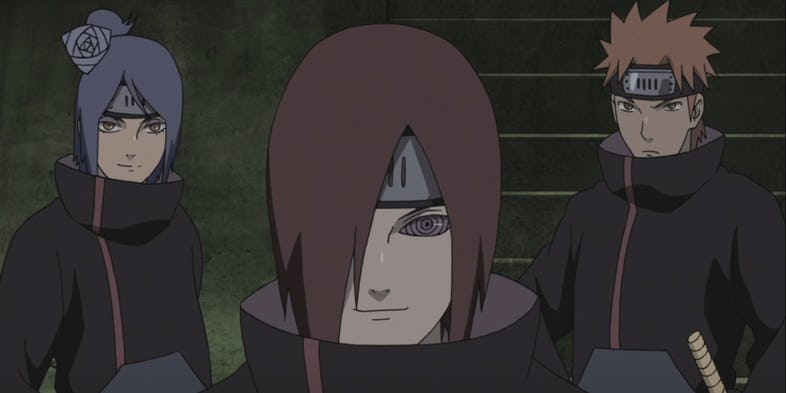
The entire social structure of Ninja World is not only built upon the threat of war, but the expectation of it. Each of the Five Great Shinobi Countries have lived through a series of major and devastating wars, but also long periods studded with sudden bursts of fighting and violence. The setting might look as pastoral as a painting, but there is always the expectation of sudden danger.
Now, how does this affect their society? Every major culture shown in the franchise relies on superpowered ninja to protect their interests. Children are trained from a very young age to anticipate the worst, there are plenty of prophecies to foretell future destruction, and the ninja lifestyle is taken very seriously.
So seriously, in fact, that any ninja who abandons his village becomes a rogue (missing-nin), which means that anyone is free to kill him on sight.
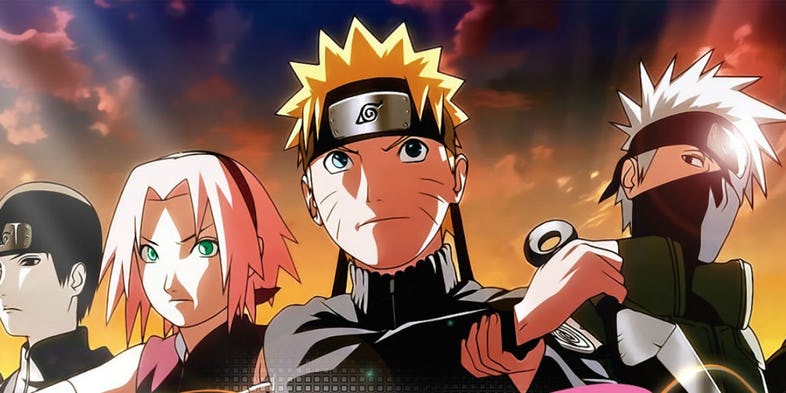
Team 7 passed the bell test, which showed that they valued and exemplified teamwork. Therefore, they were a great team with a long history of cooperation and loyalty to each other. Right? Not exactly.
Sasuke leaves the team to focus on his real goal: killing his brother. He is replaced with several other characters during subsequent groups, all of whom bring less drama to the proceedings than Sasuke.
Even before Sasuke leaves, though, things weren’t perfect. Naruto often overstepped his bounds with Sakura in plenty of inappropriate and overly amorous ways. Sakura often overreacted and shouted at her teammates, despite her even-keeled reputation.
Worse, the unrequited attraction between Sakura and Sasuke was a definite distraction for everyone involved. Perhaps the bell test wasn’t as accurate as Kakashi thought.
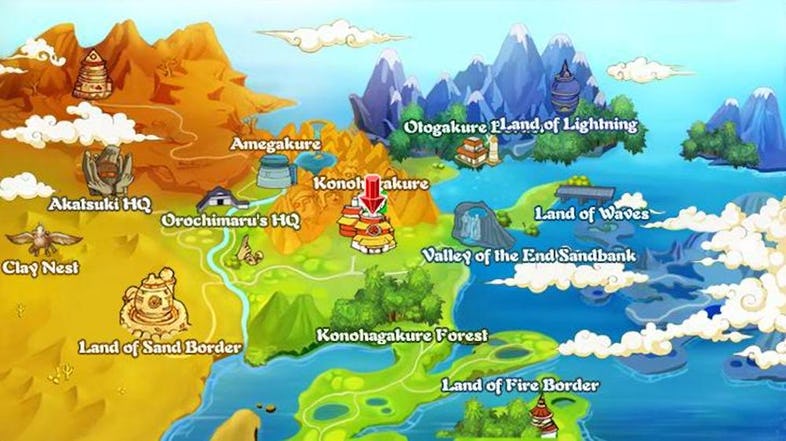
The setting for Naruto is a world that melds some fantasy, some technology, and a lot of complicated politics. To oversimplify things, land is divided into Five Great Shinobi Nations, plus a bunch of other sovereignties that aren’t usually important to the story.
Countries are technically ruled by a daimyo, and they protect their societies with hidden villages full of super-powered ninja. The ninja are sort of military, sort of secret agents, and sort of government representatives.
All this seems functional enough— particularly in the Land of Fire, which is where most of the franchise is set— but everyone in Ninja World must accept that the power structure is a bit lopsided. Their equivalent of the military has just as much power as their real officials, and teams will go on politically important missions with little oversight from the general public.
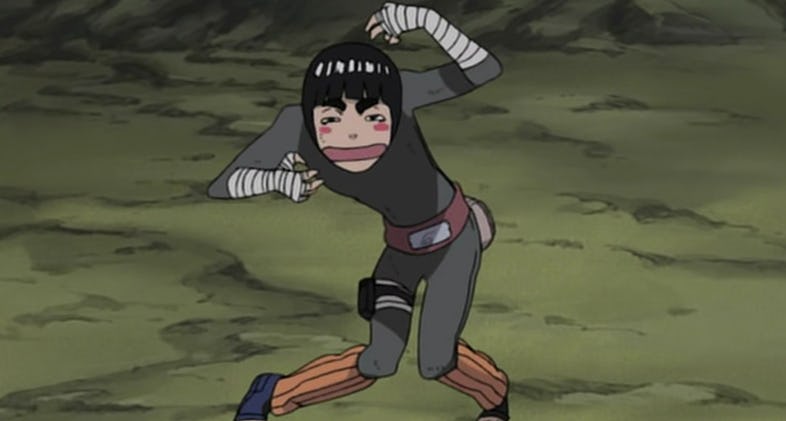
Imagine you’re a genin, the lowest level of ninja, and you’ve already faced your share of life-or-death situations in the name of your community. You’ve been through a lot for your age, you’ve trained a lot, but you’re still on the bottom.
You want to advance to the level of chunin, which means you could lead missions, guide other ninja, and hold a higher place in society. Unfortunately, the path toward advancement is through the Chunin Selection Exams, which are— to put it mildly— imperfect.
All participants are pitted against each other in successive rounds, the rules seems to change all the time, and the winner gets… nothing. Winning at the Chunin Exams doesn’t guarantee anything.
Instead, the observing ninja or daimyu will simply promote whomever they choose, regardless of the final results. Add to that the rampant gambling and the overall spectacle of the exams, and the whole process doesn’t seem all that fair.

Remember when Naruto’s son Boruto ruined his little sister’s stuffed animal and she almost killed him? It was a little bit of sibling jostling, but it awakened the little girl’s Byakugan.
If Naruto hadn’t intervened, there would’ve been bloodshed. She’s a cute, blue-eyed little girl, and yet she has this power deep inside her that would’ve caused a bunch of carnage and derailed the day’s festivities.
That’s the problem with this world in a nutshell: there are hidden wells of danger behind even the most innocent-looking faces. People use their chakra for some pretty destructive techniques, they train in the art of combat, and some even carry giant monsters hidden inside them.
It makes for good storytelling, but the overall implication is that no one can feel truly safe. The good side of living in Ninja World is that people don’t rely on guns or bombs or modern technology to hurt people. The bad news is that the danger can come from any direction.
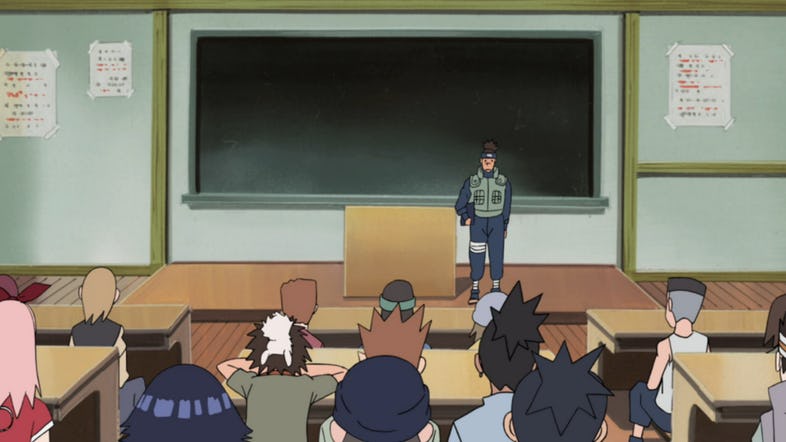
The Academy is a sprawling institution for aspiring ninjas, nestled at the base of Hokage Mountain and drawing the best and the brightest from the surrounding area.
It’s also the headquarters of the Hokage, making it a cross between Hogwarts-for-ninja, the offices from James Bond, and a mid-level government building. By most accounts, it’s quite functional. However, there’s a price to that functionality, and that price is (not surprisingly) money. Lots of money.
Some students are enrolled because of their connections. Naruto and Sasuke, both orphans, most likely stayed afloat thanks to their relationship with the Third Hokage. However, other students aren’t so lucky.
Kido Tsumiki could only attend because his father gave the Academy all his savings and he stopped taking his own medicine. The father died, but his son got an education. That seems like a problem.

As this is a coming-of-age story, Naruto comes to face a host of obstacles both minor (school bullying) and major (epic, limb-ripping battles). While the battles may seem more interesting, it’s the school-related issues that can shape someone’s personality as they grow up.
Naruto is not the only one to be bullied, nor does he escape the trap of becoming a bully himself. Bullies are everywhere in this universe, which probably is an unintended byproduct of a society built on physical conflict.
Whether out of fear or jealousy or something else, people are often cruel to their peers. Poor Hinata, one of the politest and kindest characters in the franchise, was repeatedly bullied for reasons as minor as her eye color.
Ino Yamanaka was bullied over forehead size. No matter how much drama a character had gone through— family massacres, large-scale shunning, dishonor— there are always people waiting to take an easy swipe.
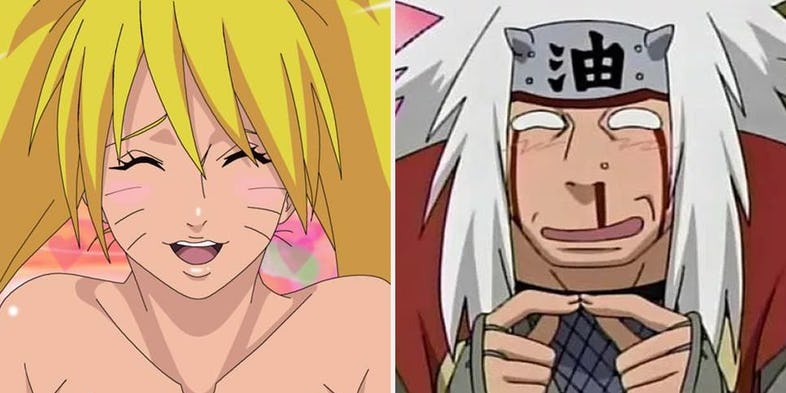
Sexy Technique is a type of Transformation Technique where the user turns into a nude or bikini-clad woman with clouds billowing around her. How could this possibly be useful in combat? Basically, it distracts the opponent, frequently inciting nosebleeds.
A bloody nose is anime shorthand for an arousal, usually an embarrassing one, which means that, even in the midst of real danger and conflict, the men of Naruto can get instantly and embarrassingly turned on.
If an opponent is particularly perverted, the reaction (and the blood flow) increases. It works virtually every time it’s used, which says a lot. This technique is a particular specialty for our main character, so much so that he supposedly developed a “new and improved” version (involving a devil costume, apparently).
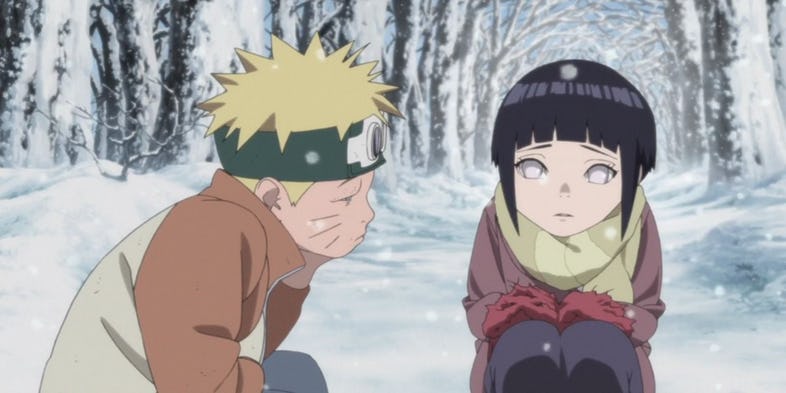
Despite the many mistakes he makes throughout his childhood, Naruto is an instantly sympathetic protagonist. Why? Because he’s an orphan. Everyone from Charles Dickens to J.K. Rowling will tell you that orphanhood is an easy shortcut to audience sympathy.
However, it’s not just the lack of parents that makes Naruto sympathetic; it’s how the world at large treats him. Sure, the Third Hokage promised to protect him after the very Harry Potter-style death of his parents. Naruto truly finds himself once he grows up and focuses more on his training.
Before that, though, it’s rough sailing. There were so many rumors about the boy that the Hokage forbad anyone from even talking about Nine-Tails. For much of his childhood, friends weren’t easy to come by. Did a fellow orphan like Sasuke fair any better? Judging by a lifetime of revenge-fueled anger, the answer is probably no.

Orphans have a set of challenges in Ninja World, but surely children from two parents have fewer problems, right? Not exactly. Just pick your favorite character, and see how their childhood was marred by bad parenting.
Hinata’s parents played favorites between her and her sister, forcing sibling-on-sibling conflict that changed both their lives. Gaara’s mother was loving, but his father sent an assassin after him.
Even Naruto himself grows up to be an absentee parent to his two children. Of course, not all parents in this universe are bad. In fact, there are plenty of caring and loving parental figures; they just end up getting killed a lot.

It’s practically a given in any coming of age story– especially one involving ninja– that the student will surpass the teacher. It’s a natural part of life, allowing the older generation to step aside for the younger one to follow. There’s nothing wrong with that. In fact, it’s a sign that the teacher did his job correctly.
What makes Naruto so interesting, though, is how exaggerated this process is. Jiraiya was a hermit, a highly skilled ninja and an all-around interesting person, but he was completely eclipsed by his protegees Minato (Naruto’s father) and Naruto himself.
Speaking of Naruto, he and Sasuke eventually surpassed Kakashi, much like many of their contemporaries with their mentors. What this comes down to is a kind of growing imbalance between the generations. By the time Boruto has his own children and grandchildren, things most likely will have escalated even more.
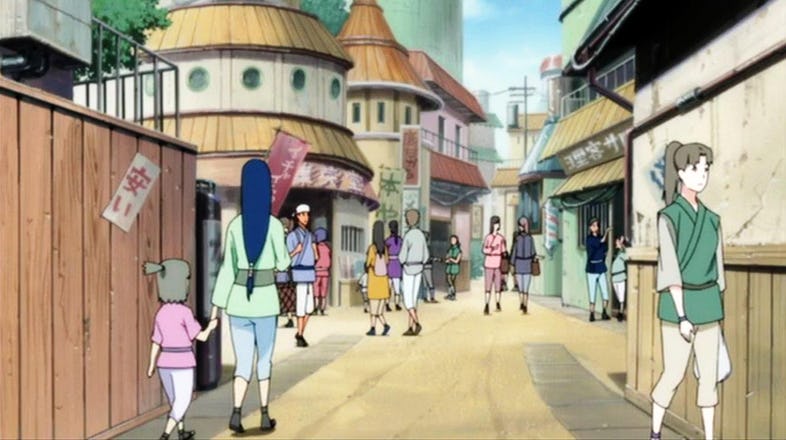
First of all, the characters in Naruto are human. In this continuity, every human has a certain amount of chakra coursing through their bodies at all times. The show only focuses on shinobi, though, and its main characters spend much of their lives training and practicing.
As such, they are much more powerful than the average person. In addition, some shinobi are naturally gifted with high levels of chakra, and they’re even more powerful.
After watching the umpteenth battle of limb-ripping, camera-spinning action, it’s easy to forget that these powerful beings are not the typical residents of this world. They’re just one subsection of the overall population.
There are countless background characters who have not gone through training, so they don’t know how to use their chakra. They lead normal lives and have mundane jobs. From their perspective, it must be pretty strange to see so many epic battles happening on such a regular basis.
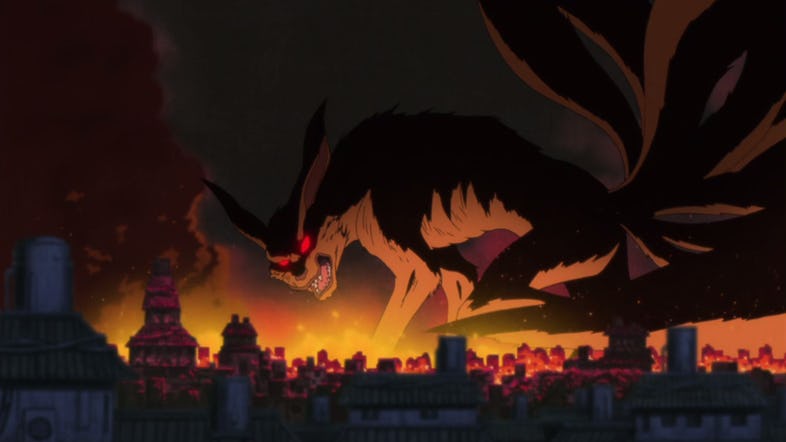
There are nine chakra monsters (or tailed beasts) created by the Sage of Six Paths in order to preserve the balance of peace in the world. Did it work? Not exactly.
These creatures are terrifying and powerful, and despite the fact that they exist in order to prevent the return of the Ten-Tails, people are naturally fearful of them. Before the events of the Fourth Shinobi World War, these creatures had to put up with a lot of grief.
Just look at Kurama (Nine-Tails). Before being sealed into Naruto, the giant fox monster develops a not-surprising hatred for humans. For generations, people capture it, lock it away, abuse it for military power, and attack it out of fear. Even if their intentions are good, humans often control this fox monster through violence.
Is it any surprise that Kurama has a history of swallowing people and destroying entire valleys? Most of the other monsters have similar stories: lashing out after centuries of mistreatment.
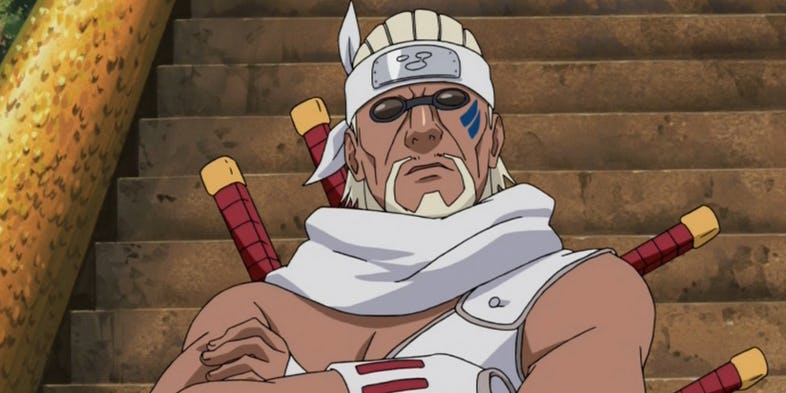
Jinchuriki are humans with tailed beasts sealed inside them. They are some of the most powerful and important people in the world. They have incredible pressure placed upon them. They are vital for maintaining the delicate balance in society, and, well, people treat them very badly.
Gaara, who became a jinchuriki before he was born and had no say in the matter, grew up in isolation, and was avoided by pretty much everyone except his father and uncle. Killer B became a jinchuriki and was instantly mistreated or abandoned by the people around him, including his best friend Motoi.
Even our title character was shunned by all of Konaha before he learned the specifics of his birth. In short, people love to shun those with power.
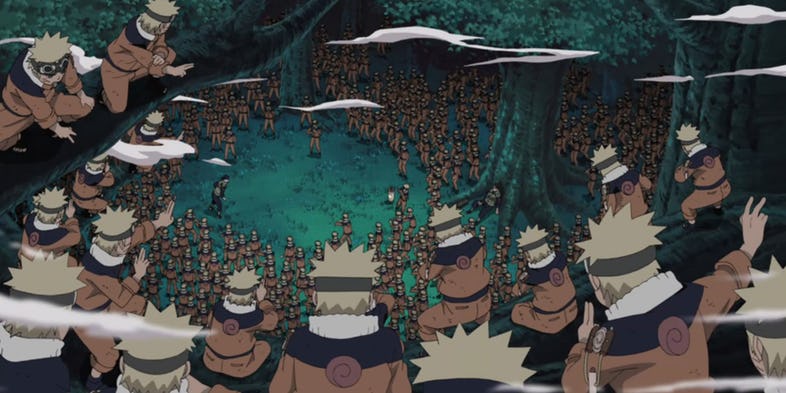
First of all, Shadow Clone Technique is an extremely useful tool in combat. You can send out a clone into a dangerous reconnaissance mission, because it can disappear when things get too dicey and you’ll still have the new information.
You can speed up your training exponentially by duplicating yourself during all the tough parts. You can do pretty much anything, because these clones are indistinguishable from you in every way.
Of course, there are frightening ways that shadow clones can be misused. Don’t want to spend quality time with your child? Send in a clone. Want to back out of a date, but you’re too afraid to hurt her feelings? Send in a clone. You can use your clones to do all the things in life that you’d rather not do. It’s not like they can feel pain, right? Oh, wait. They can.
—
Can you think of any other dark truths about the world of Naruto? Let us know in the comment section!
Leave a comment